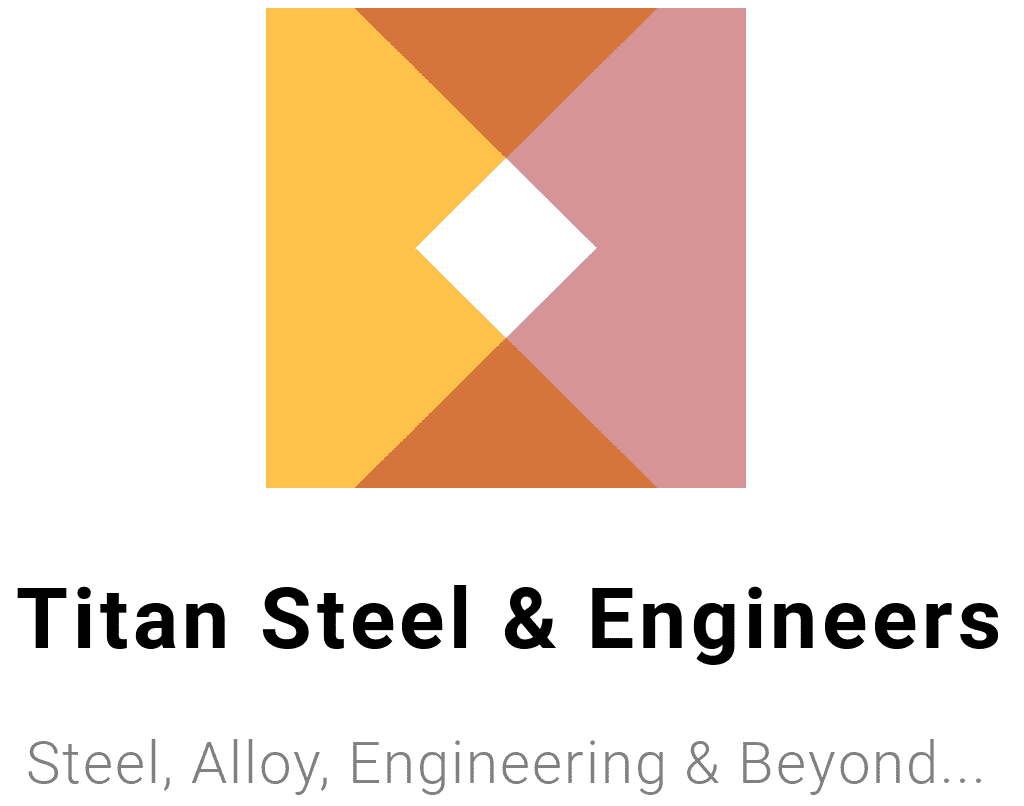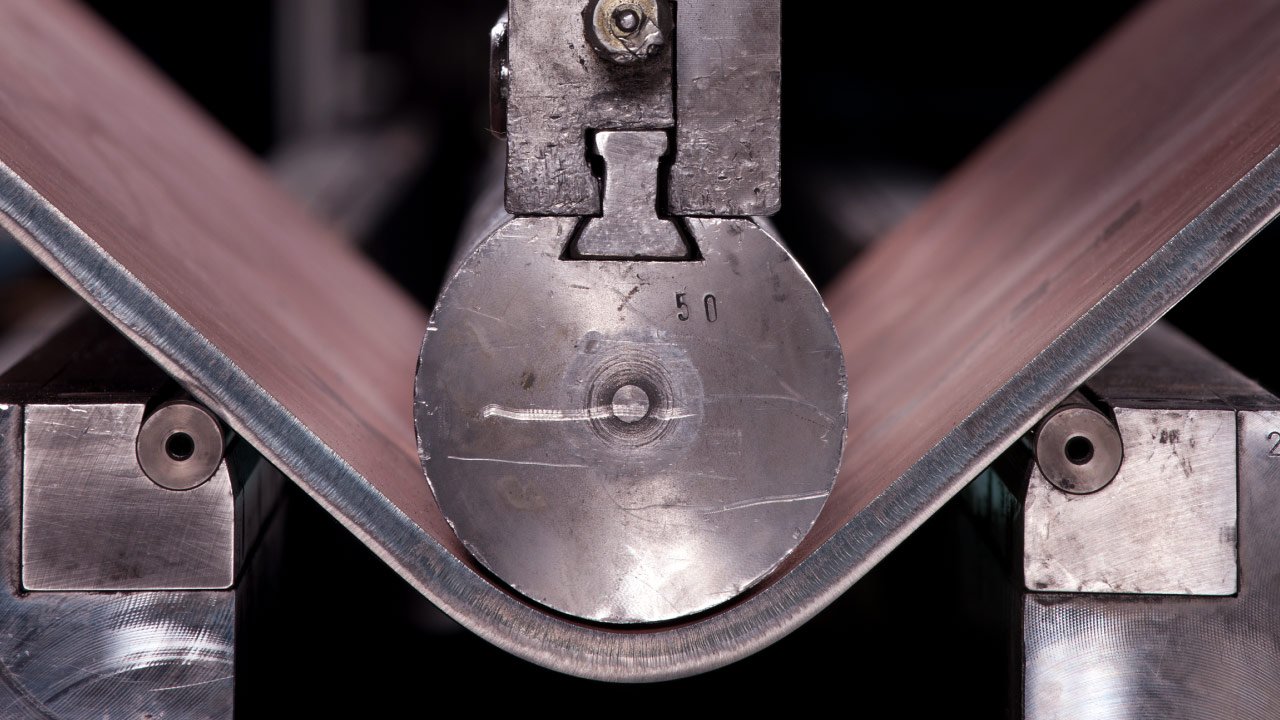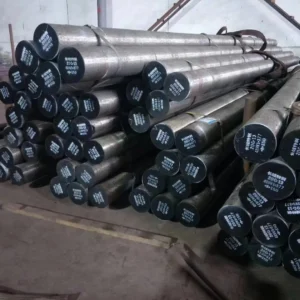Description
Hardox 500: Detailed Overview
Hardox 500 is a high-strength wear plate known for its exceptional hardness, durability, and impact resistance. It is primarily used in industries where high abrasion resistance is crucial, making it an ideal choice for a variety of demanding applications.
Introduction to Hardox 500
Hardox 500 is part of the Hardox family of wear plates, manufactured by SSAB. It offers a unique combination of hardness (approximately 500 HBW), toughness, and formability, allowing for efficient performance in extreme conditions. This steel is engineered to withstand heavy wear while maintaining its structural integrity.
Key Features of Hardox 500:
- High Hardness: Typically around 500 HBW, providing excellent wear resistance.
- Toughness: Designed to resist impact and wear, ensuring durability in harsh environments.
- Good Weldability: Can be welded using standard procedures, allowing for easy integration into various structures.
- Formability: Can be formed and machined, making it versatile for different applications.
Applications of Hardox 500
Hardox 500 is utilized in various industries, particularly where wear and tear from abrasives is a concern. Common applications include:
- Mining and Quarrying: Bucket linings, wear plates, and components for heavy machinery.
- Construction: Excavator buckets, loader blades, and other equipment subjected to abrasion.
- Recycling: Shredders and containers for handling waste materials.
- Material Handling: Chutes, hoppers, and other components that experience heavy wear.
Equivalent Grades of Hardox 500
Hardox 500 is recognized under different standards, ensuring compatibility across various regions and industries.
| Standard | Equivalent Grade |
|---|---|
| EN | 500 HBW |
| ASTM | A514/A517 |
Chemical Composition of Hardox 500
The chemical composition of Hardox 500 is tailored to achieve its exceptional hardness and wear resistance. The typical composition includes:
| Element | Composition (%) |
|---|---|
| Carbon (C) | 0.12 max |
| Manganese (Mn) | 1.30 – 1.70 |
| Chromium (Cr) | 0.70 max |
| Molybdenum (Mo) | 0.50 max |
| Silicon (Si) | 0.50 max |
| Phosphorus (P) | ≤ 0.025 |
| Sulfur (S) | ≤ 0.010 |
This composition ensures high wear resistance and toughness.
Mechanical Properties of Hardox 500
The mechanical properties of Hardox 500 are crucial for its performance in demanding applications. The following table summarizes these properties:
| Property | Value (Typical) |
|---|---|
| Hardness (HBW) | 450 – 500 |
| Yield Strength (MPa) | ≥ 1,400 |
| Tensile Strength (MPa) | ≥ 1,700 |
| Elongation (%) | ≥ 10 |
| Impact Toughness (J) | ≥ 27 (at -20°C) |
These values indicate the steel’s capability to withstand high stresses and impacts.
Heat Treatment of Hardox 500
Hardox 500 is typically supplied in the quenched and tempered condition, making additional heat treatment unnecessary for most applications. However, if further modification is required, the following is recommended:
- Preheating: For welding, preheating to around 150°C (302°F) may be necessary.
- Post-Weld Heat Treatment: If required, follow specific guidelines to prevent cracking and ensure integrity.
Physical Properties of Hardox 500
The physical properties of Hardox 500 contribute to its performance and reliability. The following table summarizes these properties:
| Property | Value |
|---|---|
| Density (g/cm³) | 7.85 |
| Melting Point (°C) | 1450 – 1520 |
| Thermal Conductivity (W/m·K) | 25 – 30 |
| Specific Heat Capacity (J/kg·K) | 460 – 480 |
These properties ensure stability and performance in various operating conditions.
Machinability of Hardox 500
Hardox 500 exhibits good machinability, particularly when using tools designed for high-strength materials. Standard machining practices can be applied, but care should be taken to prevent excessive heat buildup.
Welding of Hardox 500
Welding Hardox 500 is feasible with appropriate techniques. Recommendations include:
- Preheating: Preheat the material to around 150°C (302°F) before welding.
- Welding Method: Use methods such as MIG or TIG welding with suitable filler materials to prevent cracking.
- Post-Weld Treatment: Depending on the application, post-weld heat treatment may be necessary.
Supply Cities:
Mumbai Ahmedabad, Amaravathi, Ambattur, Bangalore, Belgaum, Chennai, Chittoor, Coimbatore, Dindigul, Mysore, Nellore, Hyderabad, Kochi, Mangalore, Tirupur, Tuticorin, Madurai, Andhra Pradesh, Karnataka, Puducherry, Kerala, Tamil Nadu, Telangana, Visakhapatnam, Kochi, Kerala, Hubli-Dharwad, Karnataka, Ghaziabad Kolkata.






